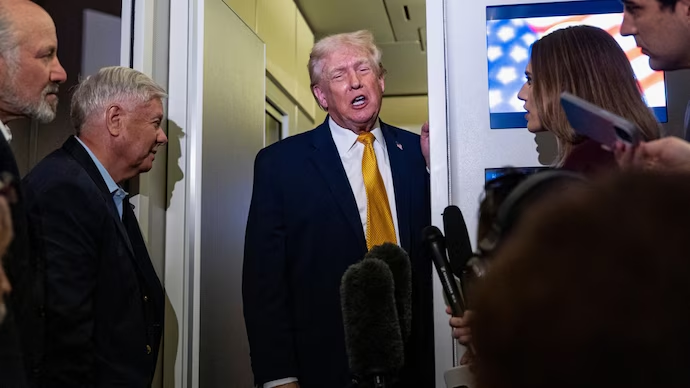US President Donald Trump signed an executive order imposing an additional 25% ad valorem duty on imports from India on top of a prior 25% reciprocal tariff, raising the total US tariff on Indian goods to 50%, the highest such rate levied on any nation.
The decision was framed as a response to India’s continued direct or indirect import of Russian oil, which the administration said warranted emergency action under national security grounds.

The policy becomes effective 21 days after signing, allowing a short window for potential negotiations or exemptions.
India swiftly condemned the move, calling it “unfair, unjustified and unreasonable.” The Ministry of External Affairs emphasized India's energy import decisions are shaped by market realities and the country's need to ensure efficient energy supply for its 1.4 billion citizens.
This tariff escalation has significantly disrupted ongoing trade negotiations, especially following the February visit of Prime Minister Modi to the US, where both sides had hoped to boost bilateral trade to $500 billion by 2030.
However, tensions over energy sourcing and stalled discussions have undermined these ambitions.
Economic analysts raised red flags about the possible impact on India’s GDP, which could shrink by up to 0.6%, depending on tariff exemptions and negotiation outcomes.

Amid this uncertainty, Goldman Sachs has held its growth forecasts steady for now, noting the upcoming 21-day window may influence future projections.
Amid the fallout, former NITI Aayog CEO Amitabh Kant framed the situation as a “once-in-a-generation” opportunity for India, urging policymakers to leverage it as a transformative push toward economic self-reliance.
Describing it as an “Agneepath moment,” he encouraged executing bold reforms in response to the challenge.








.jpg&w=256&q=75)
.jpg&w=256&q=75)





